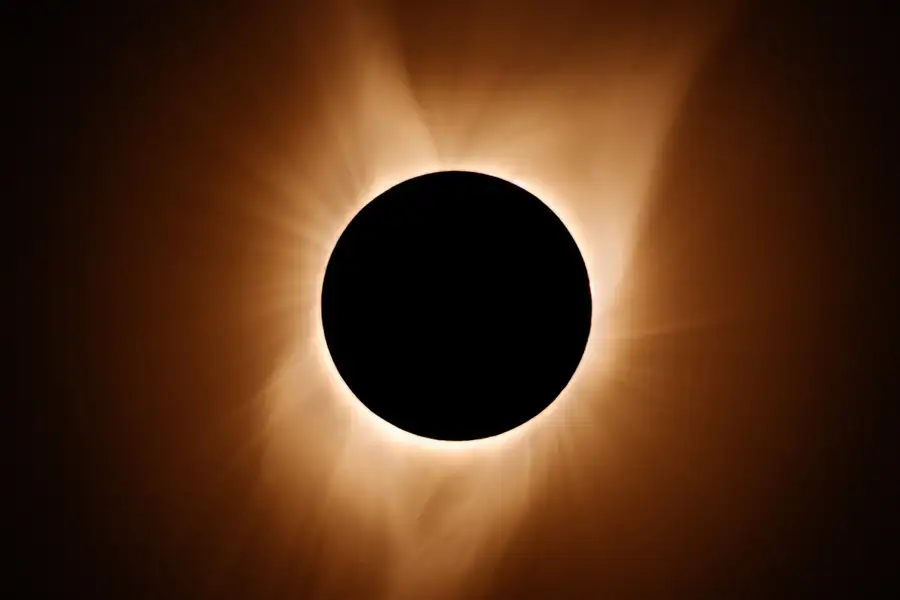Solar Eclipse 2024:
The solar eclipse of April 8, 2024, is set to captivate skywatchers across North America with its awe-inspiring display of celestial beauty. Occurring nearly seven years after the historic total solar eclipse of 2017, this celestial phenomenon promises to be a breathtaking spectacle as the moon casts its shadow upon the Earth, temporarily blocking out the sun’s radiant light. Let’s delve into the details of this remarkable event and discover how you can experience its wonder firsthand.

1. Solar Eclipse Path of Totality
The path of totality for the April 8, 2024 solar eclipse will traverse across North America, offering prime viewing opportunities for spectators in several states within the United States, including Texas, Oklahoma, Arkansas, Missouri, Illinois, Indiana, Ohio, New York, Vermont, New Hampshire, and Maine. Cities such as Dallas, Indianapolis, Cleveland, and Buffalo will experience moments of complete darkness as the moon completely obscures the sun.
2. Solar Eclipse Duration and Timing
The duration of totality during the April 8, 2024 eclipse will vary depending on your location along the path of totality. In some areas, totality may last for up to four minutes, providing ample time to witness the sun’s corona, stars, and planets visible during daylight hours. The eclipse will commence in the late morning and early afternoon hours, with peak viewing times occurring around midday.
3. Solar Eclipse Safety Precautions
As with any solar eclipse, it’s essential to observe safety precautions to protect your eyes from harmful solar radiation. Viewing the eclipse directly without proper eye protection can cause permanent eye damage or blindness. Invest in certified solar eclipse glasses or use solar filters for telescopes and cameras to safely observe the eclipse. Never look directly at the sun without adequate eye protection, even during partial phases of the eclipse.
4. Viewing Locations
Planning ahead and selecting an optimal viewing location is key to experiencing the full splendor of the April 8, 2024 solar eclipse. Choose a spot with unobstructed views of the sky, such as parks, open fields, or elevated vantage points, away from city lights and tall buildings. Consider joining organized eclipse viewing events or gatherings hosted by local astronomy clubs or observatories for a shared viewing experience with fellow enthusiasts.
5. Weather Considerations
While anticipation runs high for this celestial event, weather conditions can significantly impact visibility during the eclipse. Monitor weather forecasts closely in the days leading up to the event and be prepared to adjust your viewing location accordingly if inclement weather is forecasted. Cloud cover or precipitation may obscure the sun’s visibility, so flexibility and contingency plans are advisable to maximize your chances of witnessing the eclipse.
Conclusion
The solar eclipse of April 8, 2024, promises to be a momentous occasion for skywatchers across North America, offering a rare opportunity to witness the grandeur of nature’s celestial ballet. By following safety guidelines, selecting optimal viewing locations, and monitoring weather conditions, you can immerse yourself in the unforgettable experience of observing a total solar eclipse. So mark your calendars, gather your eclipse glasses, and prepare to be spellbound by the cosmic spectacle unfolding in the skies above.
4 / 4
